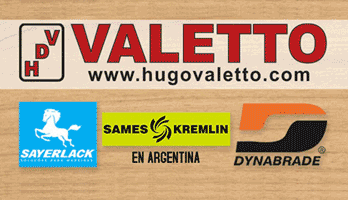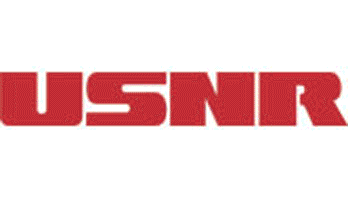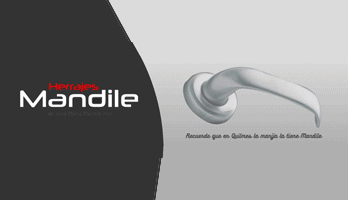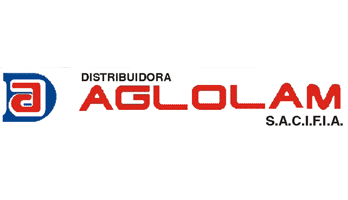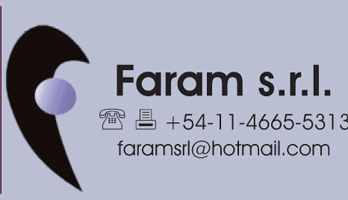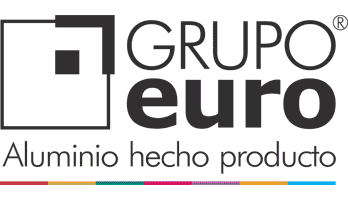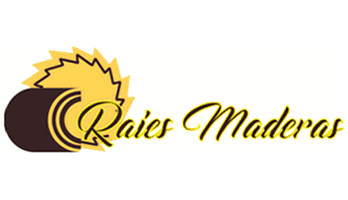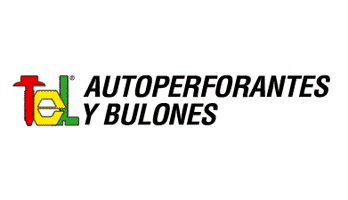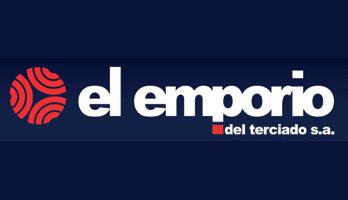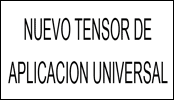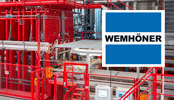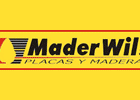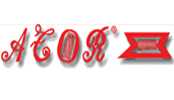
Trade fair report Ligna 2019 17.6.19
At this year's Ligna WEBER focused on grinding technology and under the keyword Sanding 4.0 on the possibilities of integrating sanding machines into the production process. The connection via the newly created OPC UA interface met with great interest. The idea is "Plug and Play", as it is known from the computer world, to be able to simply communicate and connect different woodworking machines with each other.
Parallel to this, the use of RFID labelling for workpieces and tools was presented. In the case of tools, the great benefit is in the automation of setting procedures during a tool change in order to relieve the machine operator and shorten tool change procedures. In addition, RFID logon keys can be used to ensure secure operator authentication.

WEBER directly developed and presented the new WEBER customer portal, which offers customers the possibility to start service requests online and to retrieve extended technical information such as circuit diagrams or parts lists of the existing machine via the Internet. The FAQ also contains extended information for troubleshooting.
For the sanding technology the interest was focused on the various possibilities of achieving various structural effects. The implementation is done by special sanding programs, which can be easily and individually set up in the machine control. WEBER CBF sanding technology also met with great interest. This unique and patented sanding process sets a standard for surface quality.
The uniformity of the sanding pattern on wood, MDF, foil, paper and lacquer as well as the simple mechanical construction convinced the customers. The CBF technology is simply described: A narrow lamella belt arranged in the wide belt sanding station runs across the sanding belt. It has its own drive and is mechanically separated from the wide belt.

Therefore, the abrasive belt can work without restrictions at the optimum cutting speed. The pressure lamella belt does not require any complex mechanics such as additional oscillation control.
The lamella belt is always uniform in use and can therefore not cause any sanding errors. Due to the arrangement, the pressure lamella belt is highly flexible and the tolerance compensation of the sanding beam remains unaffected.
The effect that the abrasive belt is working with the optimum cutting speed and the necessary removal, the desired grinding result is usually achieved with fewer abrasive belts and less tools. This is what WEBER stands for with the cross belt/broad belt version.
The WEBER brushing technology with the patented planetary head met with a similar response. It is used for surface finishing, edge breaking and structuring. The special feature of the WEBER planetary head is the small distance between the brushes. This ensures the necessary overlapping and the entire working width is perfectly evenly processed. The technology can also be used for widths of any size.
WEBER shows another component in the direction of industry 4.0 with the robot handling system WEBER HS-6-600. It can automatically recognize parts, independently determine the gripping point and place them in predetermined and defined patterns on pallets or load carriers.
The programming of part dimensions and contours is completely done by the system. In addition, the handling system can be individually adapted to customer requirements. It is an approach for production with batch size 1


IT MAY INTEREST YOU
 Missions | New illegal felling in the Piñalito Provincial Park in San Pedro reveals the silent expansion of deforestation in protected areas
Missions | New illegal felling in the Piñalito Provincial Park in San Pedro reveals the silent expansion of deforestation in protected areas
The advance of deforestation on protected areas was once again evident this week in the Piñalito Sur Provincial Park, in San Pedro, where the Ministry of Ecology and Renewable Natural Resources confirmed a new case of selective illegal logging. The event occurs in a context of growing concern about the fragility of the environmental control system in rural and border areas, where the scarcity of resources, personnel and logistics limits the capacity of surveillance against criminal organizations organized to steal native woods and market them on the black market in connivance with sawmill owners.
 The forest of the oldest shadows: the story of the petrified trees
The forest of the oldest shadows: the story of the petrified trees
One of the natural treasures of Río Negro turns 23 years old under the protection law that allows its conservation. Where it is and how it was formed. Río Negro celebrates 23 years of conservation in the petrified forest as a Protected Natural Area (ANP). It is a space of 625 hectares that protects an exceptional site of fossil trunks that date back more than 60 million years.
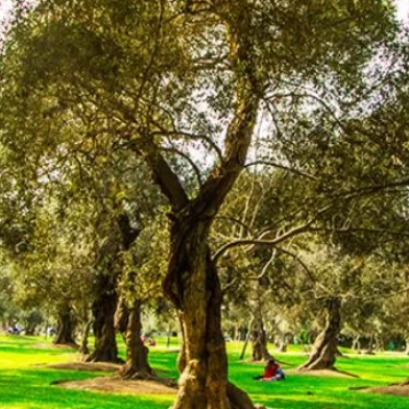 The city in South America that breathes thanks to a thousand olive trees planted in the 17th century
The city in South America that breathes thanks to a thousand olive trees planted in the 17th century
In the heart of South America there is a city that, among the noise and concrete, still breathes thanks to an olive forest

